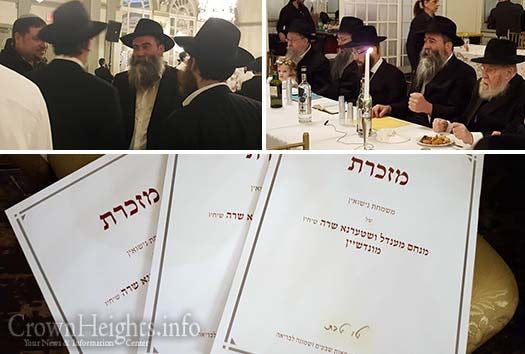
Teshurah Offers Unique Glimpse into the Rebbe’s Editorial Involvement
How deep was the Rebbe’s involvement in the editorial process of the publication of Maamorim and Sichos? Of the three teshuros from the wedding of Menachem Mendel and Shterna Sarah (nee Brook) Mondshine, One offered a truly unique glimpse into three rounds of edits the Rebbe made on a Maamar and Sicha said on Asarah B’Teves.
by CrownHeights.info
The hundreds of guests who participated in the wedding of Menachem Mendel and Shterna Sarah Mondshine walked home with a number of teshuros. There was a newly book published by Vaad Hanochos Belahak, Toras Menachem: Sefer Hamaamorim 5730, and a kuntres with the maamar of Haba’im Yashreish Yaakov, said by the Rebbe forty years ago, at the farbrengen of 24 Teves 5738.
But it was the third teshurah that was truly unique: a booklet containing three rounds of edits made by the Rebbe on the Maamar and Sichos said on Asarah B’Teves 5738, accompanied by a preface describing how the Rebbe’s Torah would be prepared for print, a field in which the kallah’s father – Rabbi Chaim Shaul Brook has been involved in for over thirty years.
This booklet takes us back to the month of Teves 5738 – exactly forty years ago – when the Rebbe’s chozer, Reb Yoel Kahn, and Lahak’s chief editor, Reb Dovid Feldman, worked together to commit to writing what the Rebbe had said on Asarah B’Teves, which was then given to the Rebbe for editing.
During the months following the heart attack on Shmini Atzeres 5738, many of the Sichos and Maamorim would be said in the Rebbe’s room, broadcasted to the Shul downstairs in 770, as well as to other locations around the world. At other times, the Rebbe would go downstairs to the Shul for Davening or a Farbrengen, and would speak to the Chassidim there.
On the night preceding Asarah B’Teves of that year, the Rebbe spoke in his room, saying a Sicha and a Maamar. The next day at Mincha, the Rebbe said the haftorah for the first time in public since Shemini Atzeres. After Mincha, the Rebbe spoke in the downstairs Shul of 770. In that landmark Sicha, the Rebbe renewed the custom of speaking divrei kibbushin on fast days, a custom he continued to do on every fast day from then on.
The front page of the teshurah displays the date of the wedding – 15 Teves – in the Rebbe’s handwriting. As is well known, the date of each kuntres sent out to print would be chosen by the Rebbe himself, and 15 Teves was the date the Rebbe chose for the booklet containing the Sichos and Maamorim of Asarah B’Teves 5738.
The fascinating introduction describes the process in which the Rebbe’s Torah would be edited and prepared for print, through the weekly likkutim subsequently published in Likkutei Sichos, as well as other Sichos. These Sichos were personally edited by the Rebbe, similar to the Rebbe’s words in Hayom Yom (3 Shevat) regarding the Maamorim in Torah Or, which the Alter Rebbe himself reviewed and edited, giving his consent for them to be published.
Over the course of the years, the Rebbe edited almost 1300(!) likkutim, now printed in the thirty-nine volumes of Likkutei Sichos, as well as many additional Sichos that were printed separately or in the hosafos to Likkutei Sichos.
The pages containing the Rebbe’s edits, presented in this teshurah for the first time, provide a glimpse into the tremendous amount of time and energy the Rebbe invested into clarifying the Sichos, adding, crossing out, and commenting until the final product was ready.
The pages also unveil the extent to which the Rebbe would guide the chozrim and manichim of the Sichos, giving them innumerable pieces of guidance and directing them in great detail how to prepare the Rebbe’s words for print. Of course, the manichim would implement the Rebbe’s directives to the best of their ability, only to receive new guidance when preparing the next likkut.
It is amazing to see how in addition to making sure the content of the Sicha was accurate and exact, the Rebbe was particular that the external aspects of his Torah should be beautiful as well, in both linguistics and graphics.
The preface attempts to guide the reader in understanding the various stages of editing throughout the first, second, and third round of the Rebbe’s edits on the Sichos included in this teshurah. Many readers will certainly be surprised at this level of meticulousness, and will gain a newfound appreciation for the Rebbe’s Torah.
Some of the highlights in the Rebbe’s methodology include the meaning of a circle around a word or a star in the middle of a paragraph; how the Rebbe would indicate that something should be omitted or added; what are galley proofs; and more.
The publishers point out that they are usually hesitant to publicize such material, as the primary focus when studying the Rebbe’s Torah has always been – and continues to be – on the final edited version. However, as an exception to the rule they are releasing these pages to the public, to provide the readers with a glimpse into the amount of attention given by the Rebbe into editing his Sichos, spending hours and hours that could have been spent on other pursuits, even during those fateful months following the heart attack. This will surely inspire Anash and the Tmimim to have even more chayus and koch in studying the endless Torah of the Rebbe, giving the Rebbe much nachas.
[pdf-embedder url=”https://crownheights.info/assets/2018/01/Mondshein-Brook-teshura.pdf”]
Click Here to download the teshura in PDF format






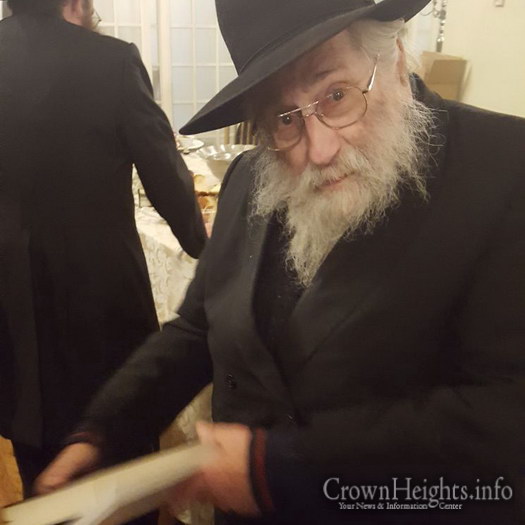

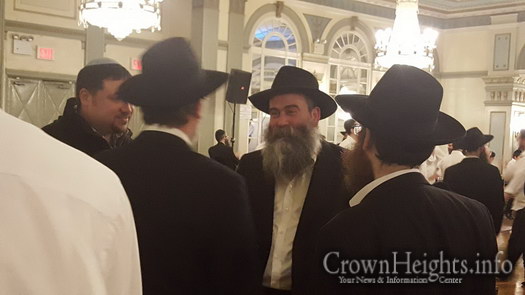

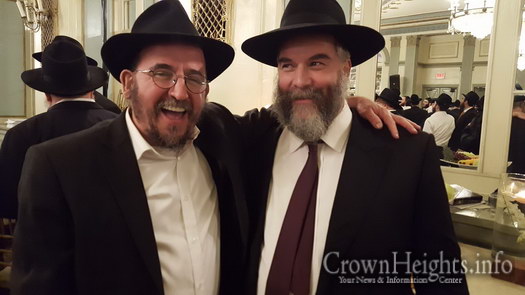
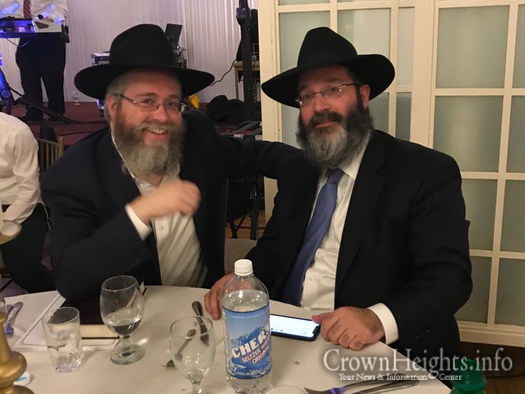
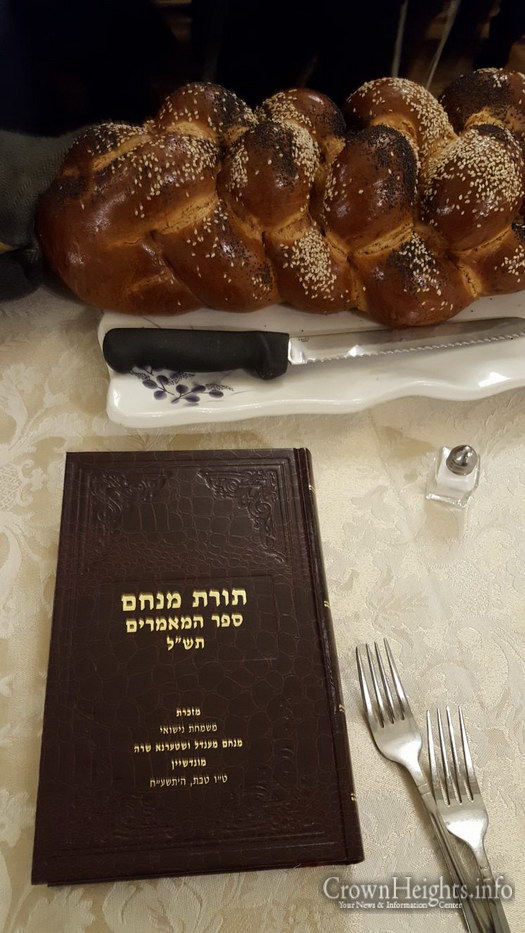


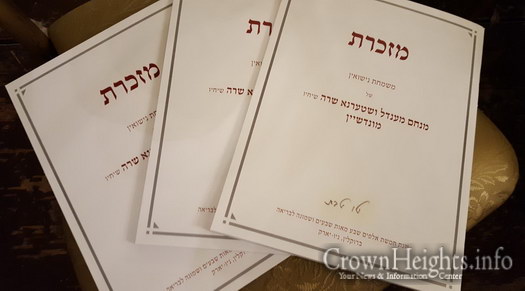





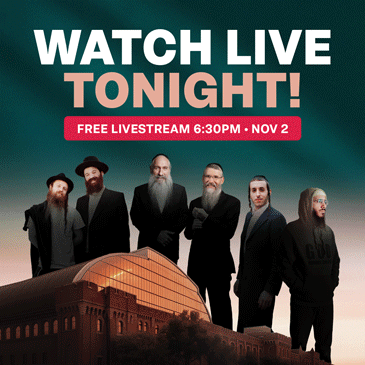











Thanks for sharing.
Thank you for sharing this. By chance is there a way to make it downloadable?
Webby
For your convenience I added a link.